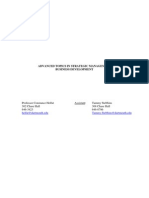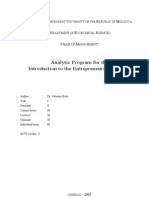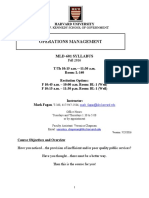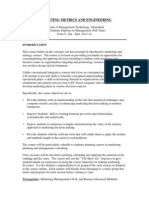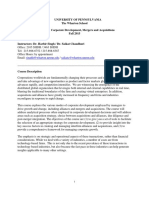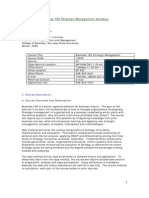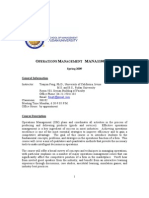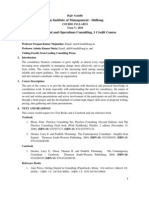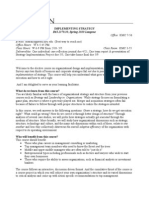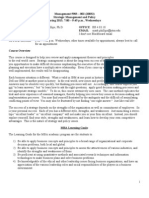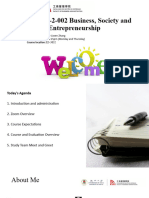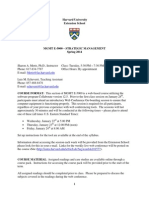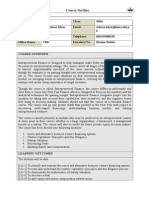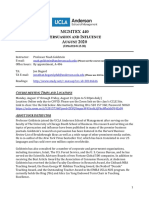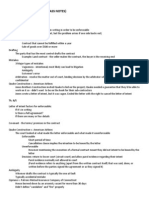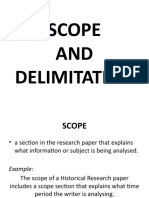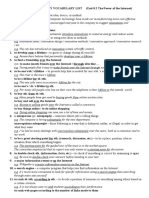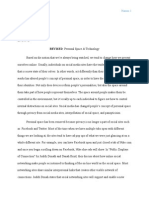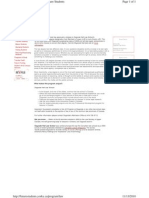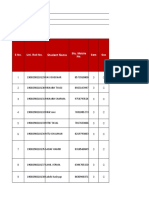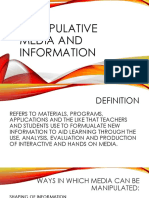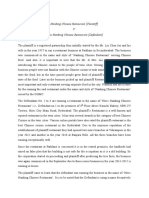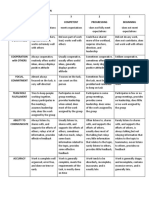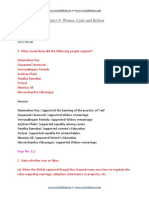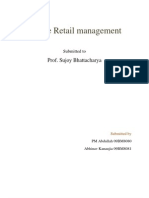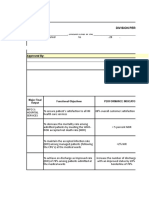0% found this document useful (0 votes)
93 views15 pagesMGT 284C Syllabus
This document provides an overview of the Managing Entrepreneurial Organizations course offered at UCLA Anderson School of Management. The course will be taught on Saturdays from 9:30am to 12:30pm in Room TBD by Professor John Ullmen. The course focuses on developing and managing entrepreneurial organizations and addresses issues related to organizational growth. Students will analyze case studies in small groups and have the opportunity to interact with guest speakers from high-growth entrepreneurial firms. Grading will be based on a final case analysis, final project, and class participation, including case presentations. The course uses an integrated approach to teach organizational effectiveness.
Uploaded by
pantherqueenCopyright
© © All Rights Reserved
We take content rights seriously. If you suspect this is your content, claim it here.
Available Formats
Download as PDF, TXT or read online on Scribd
0% found this document useful (0 votes)
93 views15 pagesMGT 284C Syllabus
This document provides an overview of the Managing Entrepreneurial Organizations course offered at UCLA Anderson School of Management. The course will be taught on Saturdays from 9:30am to 12:30pm in Room TBD by Professor John Ullmen. The course focuses on developing and managing entrepreneurial organizations and addresses issues related to organizational growth. Students will analyze case studies in small groups and have the opportunity to interact with guest speakers from high-growth entrepreneurial firms. Grading will be based on a final case analysis, final project, and class participation, including case presentations. The course uses an integrated approach to teach organizational effectiveness.
Uploaded by
pantherqueenCopyright
© © All Rights Reserved
We take content rights seriously. If you suspect this is your content, claim it here.
Available Formats
Download as PDF, TXT or read online on Scribd
/ 15

